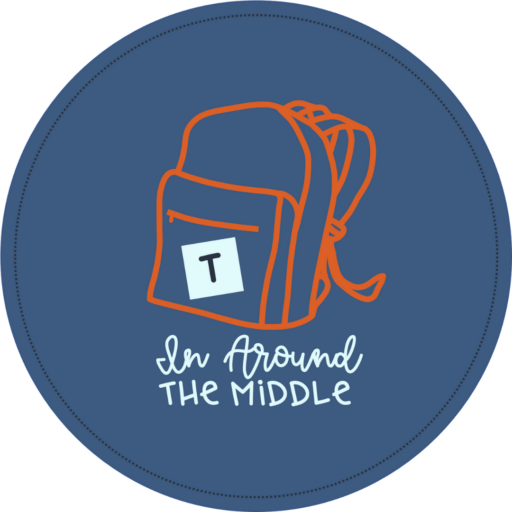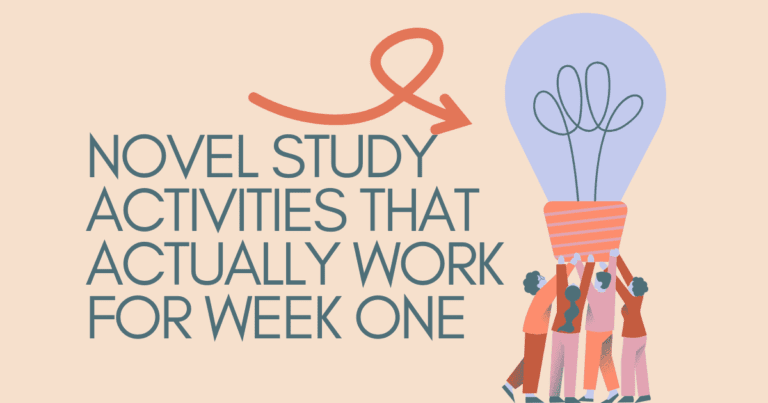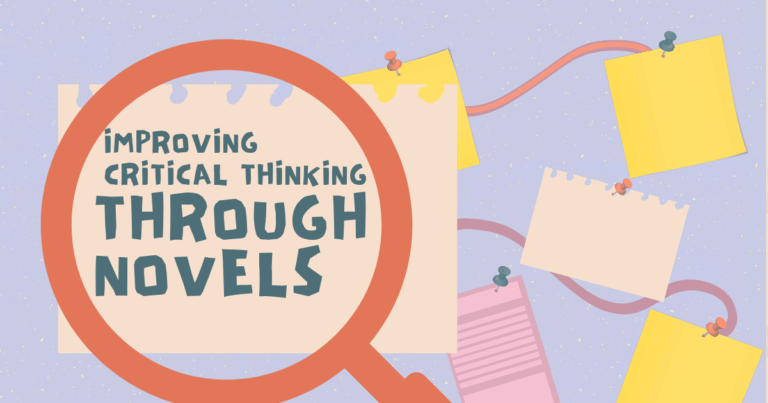Spooky Story Starters: Creative Halloween ELA Activities Students Will Love
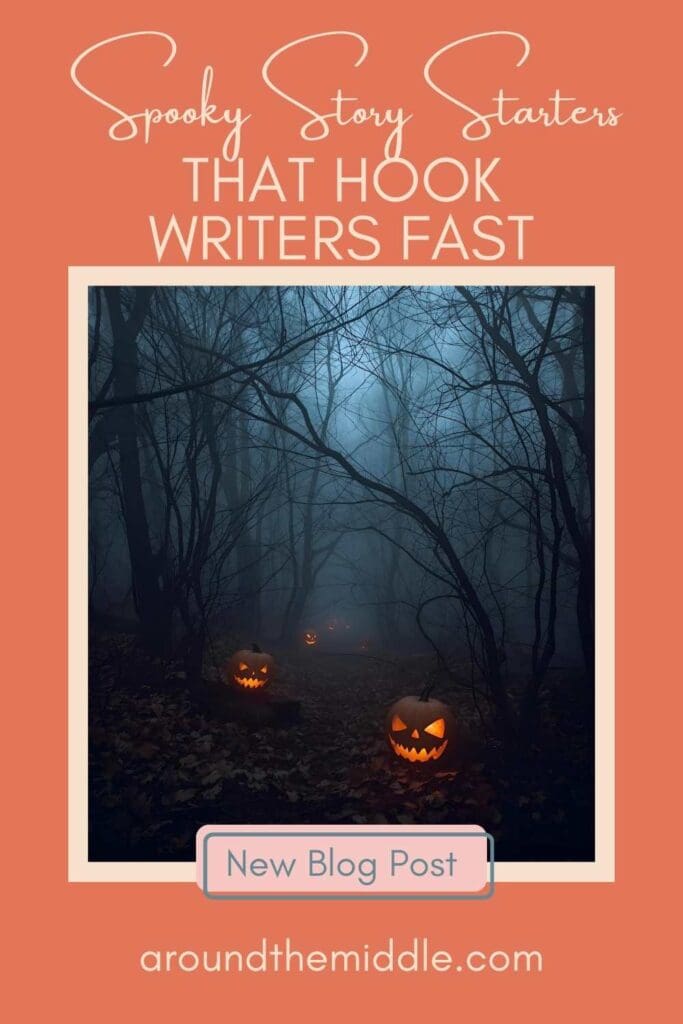
October is the perfect month to add a dash of mystery and fun into your literacy block. Students are already buzzing about costumes, candy, and spooky stories, so why not channel that energy into meaningful writing tasks? These Halloween ELA activities are high-engagement, no-prep, and designed to spark creativity in even your most reluctant writers.
This post is the first in a two-part series. Today, we’ll focus on spooky story starters—quick, high-interest prompts that get students writing right away. In Part 2, we’ll take those stories a step further and show how to build them into full narratives with fall-themed plot mapping activities. Both posts are designed with upper elementary and middle school ELA classrooms in mind but can be easily adapted for younger.
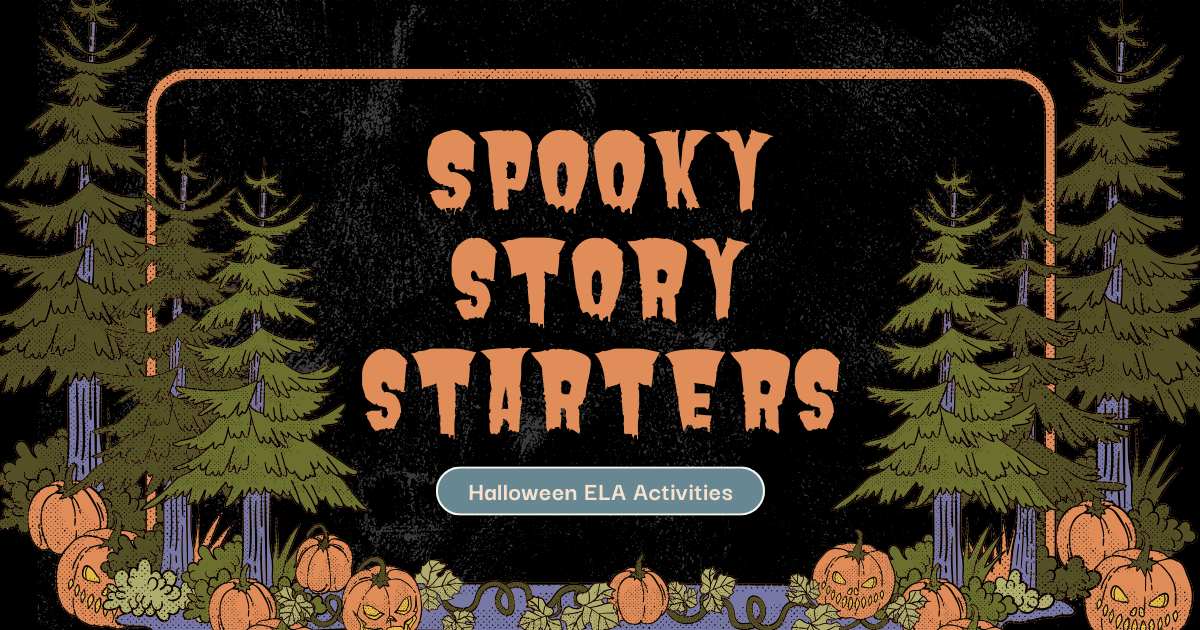
Why Spooky Story Starters Belong in Your Halloween ELA Activities
Adding seasonal writing prompts to your classroom isn’t just about fun—it’s about engagement with purpose.
- High Engagement: Students love seasonal content, and spooky story starters are a low-stakes way to get them writing more.
- Skill Building: Mystery and spooky scenarios naturally push students to focus on descriptive detail, figurative language, and suspense—all key narrative writing skills.
- Flexible Use: These activities can serve as bell ringers, warm-ups, center tasks, or the launchpad for a longer narrative writing project.
- Upper Elementary & Middle School Friendly: The open-ended nature of the prompts allows both grade 4 students and grade 8 students to stretch their creative muscles.
When you position these prompts as part of your Halloween ELA activities, you give your students an outlet for their seasonal excitement while keeping learning on track.
10 Ready-to-Use Spooky Story Starters
Here are ten prompts you can use right away in your classroom. Print them on slips, project them on your board, or let students choose at random. They’re crafted to balance spooky fun with opportunities for strong narrative writing.

- The jack-o’-lanterns on the porch whispered my name when I walked past.
- A new student arrived at school, but no one else seemed to notice them except me.
- At midnight, the classroom whiteboard erased itself and began to write a message back.
- I followed the trail of candy corn, but it didn’t lead to a trick-or-treat bag.
- Something was scratching from inside my locker, and I didn’t put it there.
- Every mirror in the house suddenly showed a different reflection.
- The substitute teacher smiled—but her shadow stayed completely still.
- The library’s oldest book had a lock on it, and when I opened it, the lights flickered.
- The scarecrow in the school garden wasn’t in the same place as yesterday.
- I heard footsteps behind me, but when I turned around, the hallway was empty.
These prompts combine just enough creep factor with plenty of room for imagination, making them ideal Halloween ELA activities that still keep the focus on literacy skills.
Teaching Tips: How to Use Story Starters in the Classroom
The real magic comes in how you use these spooky starters. Here are some tried-and-true ways to fit them into your lesson plans:
- Quick Writes: Set a timer for 10 minutes and challenge students to build suspense with as much descriptive detail as possible.
- Collaborative Writing: Have groups of 3–4 continue each other’s stories round-robin style for surprising twists.
- Discussion Warm-Up: Choose one starter and orally build a story as a class before moving into independent writing.
- Revision Extension: After drafting, encourage students to revise their work by weaving in figurative language (similes, metaphors, personification) to strengthen imagery and atmosphere.
- Cross-Curricular Twist: Connect the activity to art by having students illustrate their story openings, or to drama by acting out the beginnings.
These options show how Halloween ELA activities can flex to fit your teaching style and student needs.
Free Halloween ELA Activities Resource for Teachers
Want these story starters in a ready-to-use format? Download a free printable version with all ten prompts laid out as cut-and-go cards. They’re perfect for literacy centers, sub plans, or an emergency stash of quick writing activities when you need them most.
Extend the Halloween ELA Activities Fun with Figurative Language
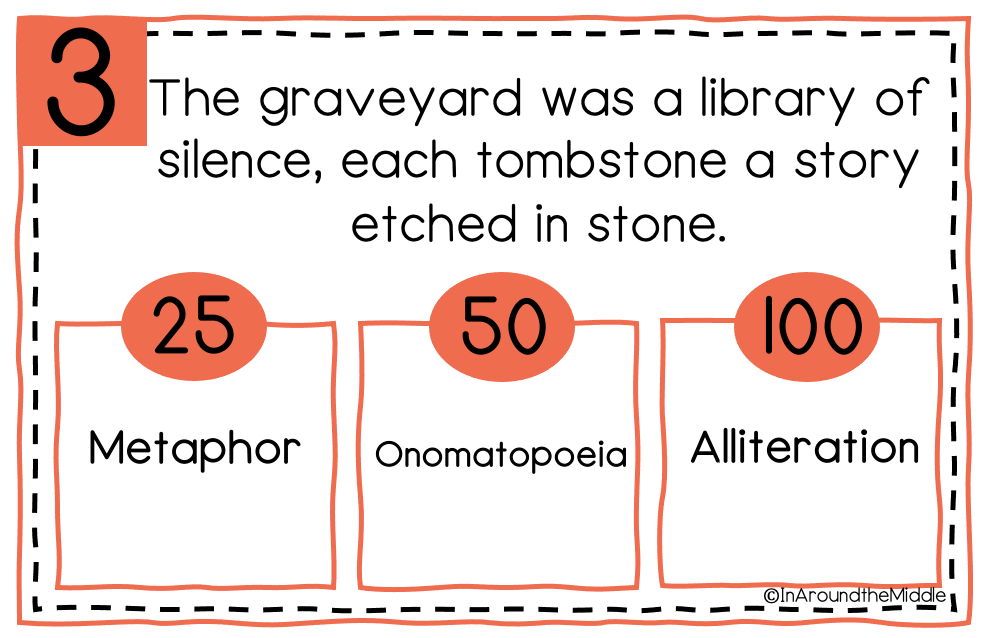
Once your students are excited about spooky stories, take it up a notch with figurative language practice. My Halloween Figurative Language Scavenger Hunt is one of my most popular Halloween ELA activities. It gets students moving around the classroom while hunting for examples of similes, metaphors, personification, and more—all wrapped in a festive, spooky theme.
But don’t stop there—bring the focus back to their own spooky writing:
- Revise with Figurative Language: Challenge students to reread their drafts and add their own examples of figurative language.
- Differentiate the Challenge: Ask more able writers to incorporate multiple types (e.g., a simile, a piece of personification, and some alliteration) to push their descriptive writing further.
- Peer Feedback with a Twist: Have students swap stories and use a simple “feedback page” where they suggest figurative language additions for one another’s work. (Example: “You could add a metaphor here to show how scary the footsteps sounded.”)
- Highlight & Share: Ask students to underline or highlight the figurative language they’ve added, then share a favorite line with the class. This builds awareness of craft and celebrates strong writing.
- Model from Literature: Read a short spooky passage from a middle-grade novel (e.g., Goosebumps, Coraline, or a classroom-friendly Halloween short story) and analyze the figurative language together before students apply it to their own stories.
These layered strategies show how Halloween ELA activities can evolve from simple engagement into meaningful skill-building, ensuring your students don’t just write more, but write better.
final Thoughts
Seasonal writing doesn’t have to mean sacrificing rigor. With the right prompts, your students will practice key narrative writing skills—while enjoying the energy and excitement of October.
Try one of these spooky story starters this week and see where your students’ imaginations take them. And don’t forget to check out Part 2 of this series: Spooky Story Structure—Fall-Themed Plot Mapping Activities (No Prep), where we’ll dive into how to guide students from wild ideas to well-structured stories.
Happy Teaching!
